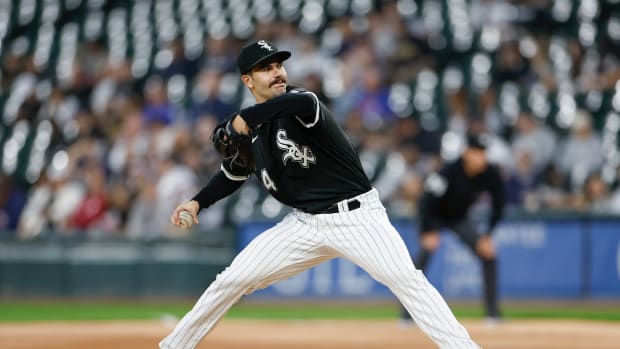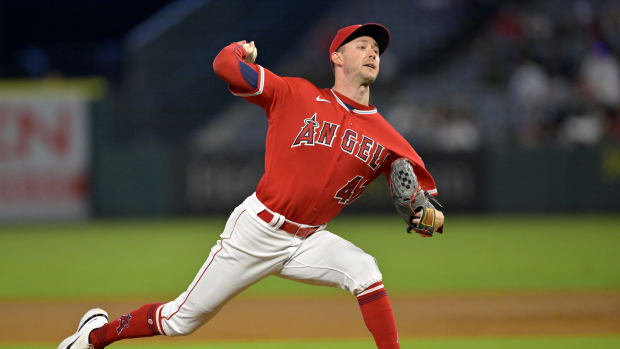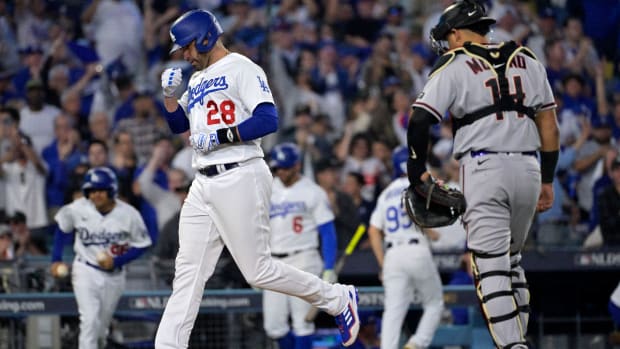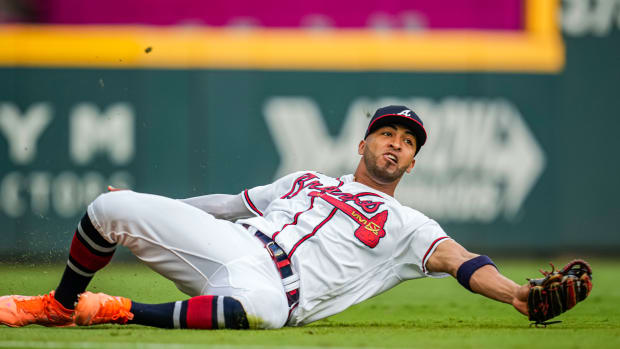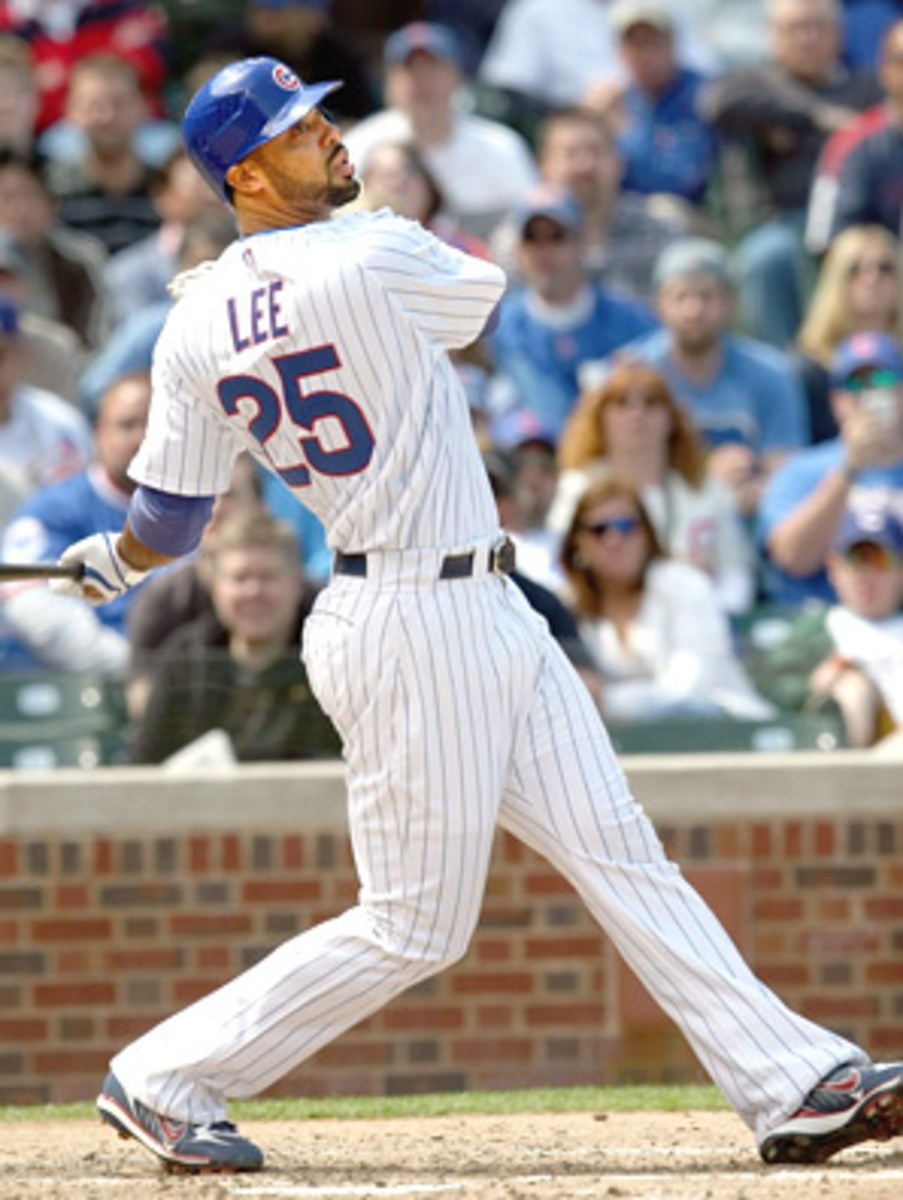
How They'll Win
The Chicago Cubs play in a beautiful ballpark and often feature lineups laden with power. They've had more good rotations than you think, had plenty of good, hard-throwing bullpens and been led by some well-known managers. They even make the playoffs once in a while. What they've never done particularly well is get on base. Even when they've been successful, the Cubs have been known for their free-swinging ways. But through the first four weeks of this season, that's changed. The Cubs have a .367 on-base percentage, second in the National League, and led by Kosuke Fukudome (with 19 walks), they are also second in the league in drawing bases on balls. Throw in a .280 team batting average and a league-leading 55 doubles, and you have a team that's second in the majors in runs scored, with 145.
That offense is the biggest reason why the Cubs also had baseball's second-best record through Sunday. Seven of their eight regulars were getting on base at a .382 clip or better (only Alfonso Soriano, off to a .175/.230/.298 start before injuring his calf on April 15, is below that mark). Moreover, Lou Piniella seems to be doling out playing time based on OBP; Felix Pie lost the starting centerfield job to Reed Johnson after failing to draw a walk in his first 40 plate appearances. Johnson, let go by the Blue Jays in late March, has a .410 OBP and has played strong defense.
Could this newfound patience be attributed to the arrival of Fukudome and his watch-and-wait approach at bat? There are no studies that suggest plate discipline is contagious, but it's hard not to notice that the Cubs were 15th in walks and ninth in OBP a year ago with almost entirely the same personnel.
Anecdotally, the 1993 Yankees make for an interesting comparison. That was the year Wade Boggs joined the team and the Yanks went from eighth in the American League in both walks and OBP to third and second, respectively. Boggs's 74 walks and .378 OBP helped, of course, but Don Mattingly had his highest walk rates with Boggs as a teammate, and lesser lights such as Mike Gallego and Jim Leyritz walked more and had higher OBPs once Boggs joined the team. That healthy respect for the power of the base on balls was one of the keys to the Yankees' eventually winning four World Series titles in five seasons.
The successful Indians teams of the mid-1990s and the championship Red Sox of this decade similarly emphasized the importance of working deep counts and drawing walks. The more pitches a team can make opposing starters throw, the more likely it is to face the back of the other team's staff. The Cubs are learning: Opposition starters are averaging just shy of 52?3 innings against them this season and barely five innings during the past two weeks, when the Cubs have shown increased patience (5.0 walks a game). Get to opponents' bullpens in the sixth, and you can score more easily than you can against the better relievers who pitch later in games. That's how you win.
Statheads like to say that "OBP is life," and if that's an exaggeration, it's just a small one. The Cubs' patient approach has breathed life into a once-mediocre offense and, with it, enhanced an already decent chance of reaching the franchise's first World Series since 1945.































